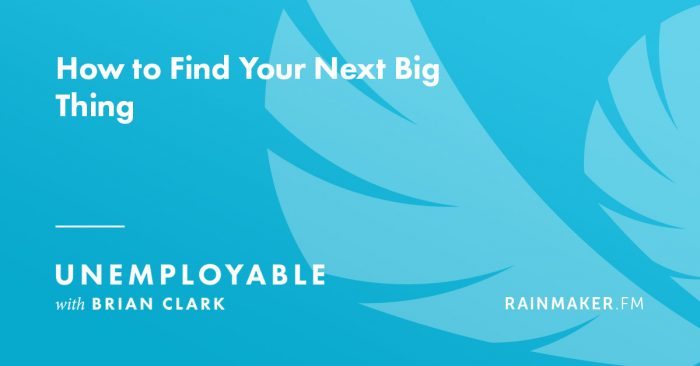
When you're writing sales copy for your business, showing a little personality is a good thing.
It's also a good idea to use natural language whenever possible, so people know you're a real person who is genuinely interested in helping your prospects and customers.
I write conversationally when I write copy, and so do a lot of other folks I trust and admire.
However, there are limits to how far you should take that advice.
Are you taking a risk when you use slang?
Unless you have proof that your audience uses slang - and wants to see it in sales copy - you should avoid using it in your persuasive emails, sales pages, and other types of “selling” collateral.
And when I say “slang,” I'm also including alternative spellings, slang abbreviations, and hyperbole.
I know there's a high probability I sound like an old grandmother shouting at kids to stay off her lawn - but lately I'm seeing this trend more and more frequently in sales copywriting. And I suspect it's radically decreasing conversions.
Types of slang to avoid in copy
Want to see some examples? These are all words and phrases I've recently noticed on sales pages and in emails that were designed to sell me something:
- BOOM!
- Pleez (or worse yet, pleeeeeeeeez)
- OMG
- FREAKING ROCKED
- LOL
Chances are, you've got your own list of words that annoy you when you see them in professional writing. My list could go on for a while, but I've chosen some of my biggest pet peeves. I wince every time I see those words in an email from a business.
Why you want to avoid them
There's a compelling reason to avoid slang and abbreviations like the ones on the list above: they often don't add value to your copy - and can actually distract your prospects.
When your prospective buyers read your sales page and decide whether or not your product is a good fit for them, you don't want to distract them for a single moment. You want every line of your copy to flow seamlessly into the next, without interruption.
If you sprinkle your sales page with slang and nonsense words, there's a good chance you're going to interrupt that flow.
Keep prospects focused on the action you want them to take
You might innocently include “OMG” in your copy in attempt to sound conversational, but prospects could be distracted by that choice and think, “Wait, why does he say 'OMG' in the middle of this paragraph?”
If you're trying to reach people who aren't native English speakers (or who come from older generations), they might also ask, “What does 'OMG' mean?”
At best, the “OMG” is only a temporary distraction that slows down prospects' decision-making processes as they read. At worst, the slang and misspelled words will turn off readers so much that they abandon your sales page forever - and you've just lost them as customers.
Slang words and abbreviations that belong in text messages also don't add any value to your copy. As sales copywriters, we must choose every word carefully. Every word and phrase on the page needs to pull its weight - slang and overused exclamations like “OMG” just don't cut it.
Think I'm wrong?
Perhaps in certain circumstances you're correct - there are exceptions to this rule, of course.
If you performed extensive research and know for certain your prospects use this type of language - and want to see it in sales copy that promotes your product or service - you might be able to get away with using it.
You should test out these words and phrases to see if including them increases your conversion rate.
If they don't, I recommend cutting them. Even if your prospect tolerates these words and phrases, they're probably not contributing anything to your copy.
Get more copywriting tips
If you're looking for more tips on how to make your copy tighter, more readable, and more persuasive, check out Copyblogger's free ebook Copywriting 101: How to Craft Compelling Copy.
The 90-page ebook is packed full of helpful advice, including more thoughts on audience research and using your prospect's preferred language.
Do certain words irritate you when you see them in professional copywriting? Or are there any you're guilty of using (or overusing) yourself? Tell us about it in the comments below.
The post How to Ruthlessly Cut Worthless Words from Your Sales Copy appeared first on Copyblogger.

